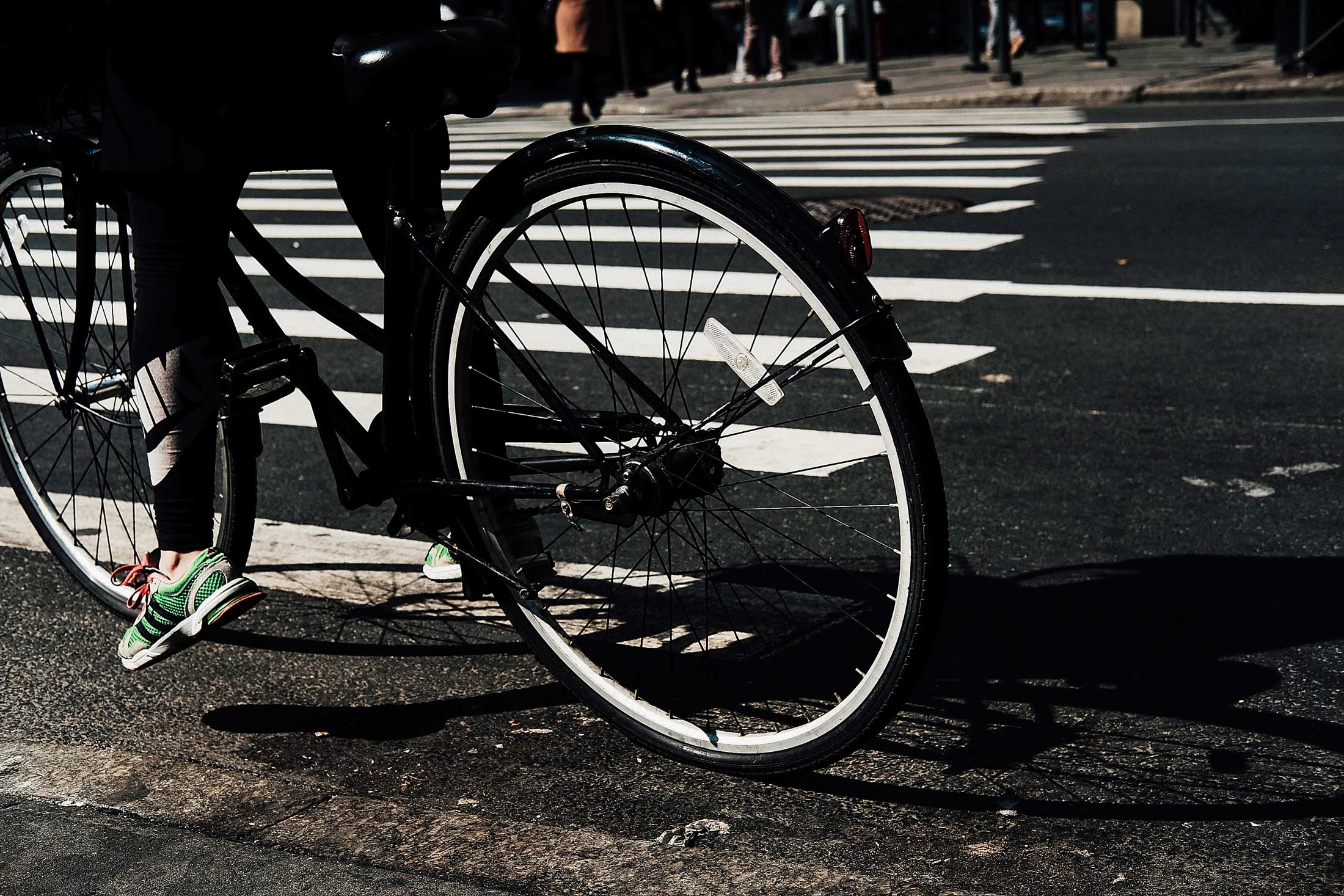On Monday morning, the inevitable happened: A self-driving car struck and killed a pedestrian for the first time. An Uber self-driving vehicle operating in autonomous mode in Tempe, Arizona, struck a woman crossing an eight-lane street. She was walking a bicycle across the street at the time of the incident, which authorities have deemed was all but unavoidable.
For many, the situation may serve as a red flag: Autonomous vehicles aren’t yet ready to navigate our roads. But on that matter, we’re still in a gray area. It’s difficult to make a fair comparison between autonomous vehicles and human drivers when it comes to avoiding accidents. The cars, while advancing quickly from low-speed roadways to freeway driving, are still technologically in their infancy. But in addition to asking whether developing autonomous-vehicle technology is ready for our roads, a question we should be asking is: Are our roads ready for autonomous vehicles?
It’s still unclear what exactly went wrong on Monday; from video of the incident, Tempe police Chief Sylvia Moir said, ”it’s very clear it would have been difficult to avoid this collision in any kind of mode (autonomous or human-driven) based on how she came from the shadows right into the roadway.” But it is clear that the crosswalkless roadway in question was an unsafe area for pedestrians. It was an eight-lane road with a theater on one side, a park on the other, and a large median with an X-shaped walking pathway. The design is problematic: While it looks like a place pedestrians may want to cross, no crosswalk or warning signage appears painted on the street, and at night, illumination is poor. The situation isn’t unique—the way our streets, crosswalks, and bike paths are implemented doesn’t often put pedestrian safety at the forefront, but rather driver convenience.
For the vast majority of the country, bicyclist and pedestrian integration is an afterthought. Cities and neighborhoods evolved car-first as urban sprawl took former city dwellers farther and farther out to the suburbs, and in most major American metropolitan areas, cars are still the dominant form of transport. But other transportation modes—such as cycling—are growing in popularity. According to data from the League of American Bicyclists, bike commuting in the U.S. has grown 62 percent from 2000–2014. In San Francisco, which has seen a recent boom in bike commuting, the bike counter along popular thoroughfare Market Street saw a staggering 25 percent year-over-year growth in bike trips from 2014–15.
The rise in cyclists and pedestrians in and along our roads has also led to a rise in pedestrian deaths. While total traffic-related fatalities fell 18 percent from 2006 to 2015, pedestrian fatalities rose by 12 percent during that same period. Thanks to air bags and safe car designs, drivers and passengers are better protected in the case of a collision, but pedestrians involved in accidents don’t reap that benefit. And now that they’re sharing our roads in greater numbers, they’re more often involved. Many American roadways are ill-equipped to handle the influx of walkers and bikers trying to share our towns.
If we don’t have roads that prevent human drivers from killing cyclists, how can we hope autonomous vehicles will do a better job? Some propose that a bicycle-to-vehicle or vehicle-to-everything sensor network could fix this issue. Everyone and everything, outfitted with sensors, would be detectable (and thus avoidable) by driverless vehicles. But the logistics of distributing and enforcing such a network are staggering. Unfortunately, so are the alternatives—like the idea that we need to rethink the way humans and vehicles interact on our roadways. But that may be necessary before autonomous vehicles can take to the road en masse.
Without a human behind the wheel, we may need to rethink the logistics of our cities, streets, and highways. In a world where driverless cars communicate with one another, there’s no need for streetlights or stop signs—vehicles can maneuver seamlessly around one another in algorithm-fueled choreography. And while we impatiently wait at stops and crosswalks for pedestrians, in an autonomous world, passengers’ attention will be on their mobile devices, their work, or their conversations with other passengers. Such irritating delays for a driver may not be so irritating when the driver becomes the passenger. We could, for example, transform some streets into self-driving minihighways and dedicate others purely to foot and bicycle traffic. With humans out of the equation, the entire design of our transportation grid could be reimagined.
As it stands, bike lanes and pedestrian-friendly intersections are an afterthought—and everyone on the road treats them as such, resulting in avoidable accidents and needless deaths. We need to begin to plan for a world in which our transportation priorities have shifted and safety and efficiency are the primary motivators. Autonomous vehicles can’t be seriously implemented until bike lanes and pedestrian routes in our cities are rethought, but like self-driving-car development itself, it’s going to take time.
